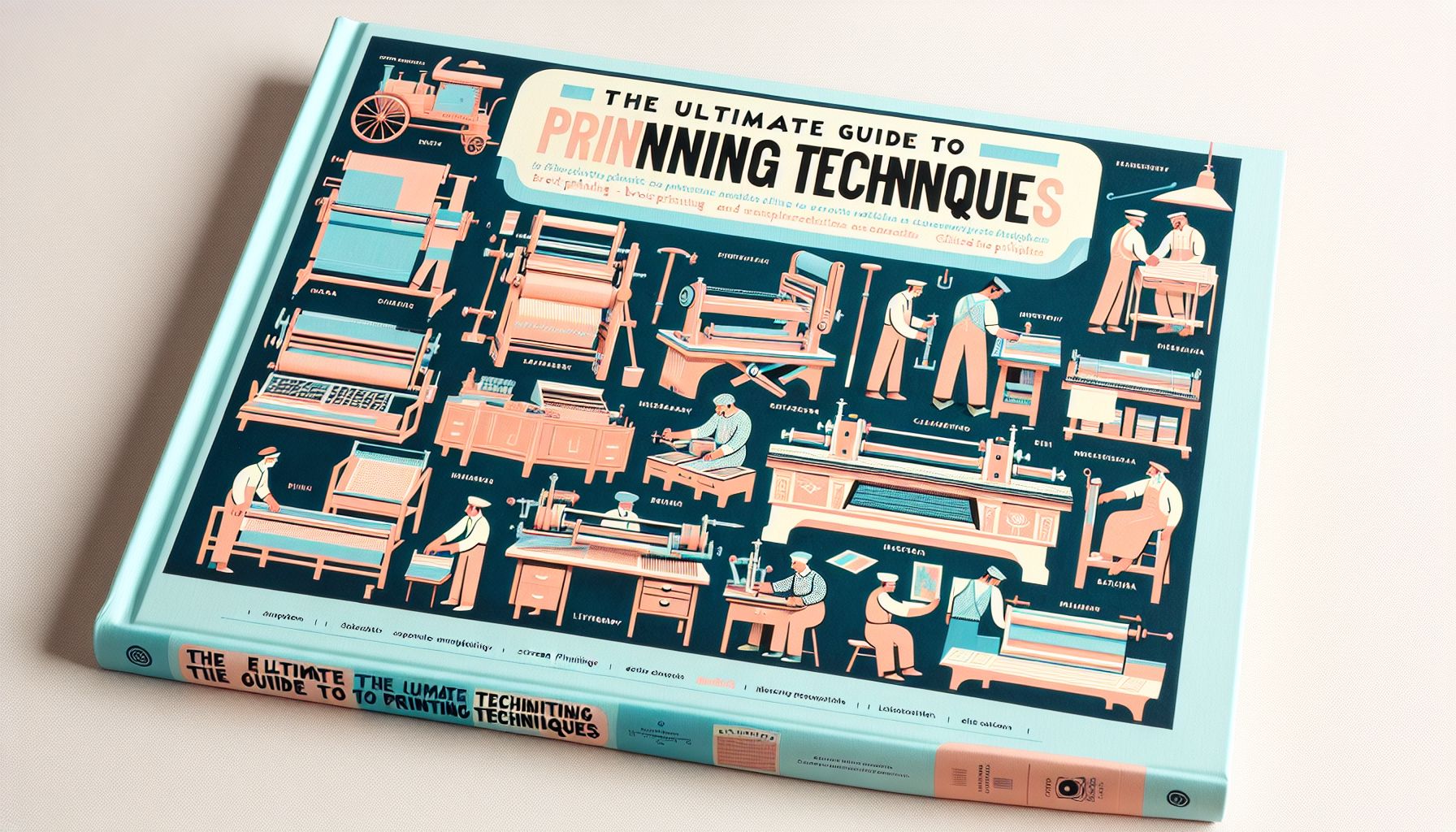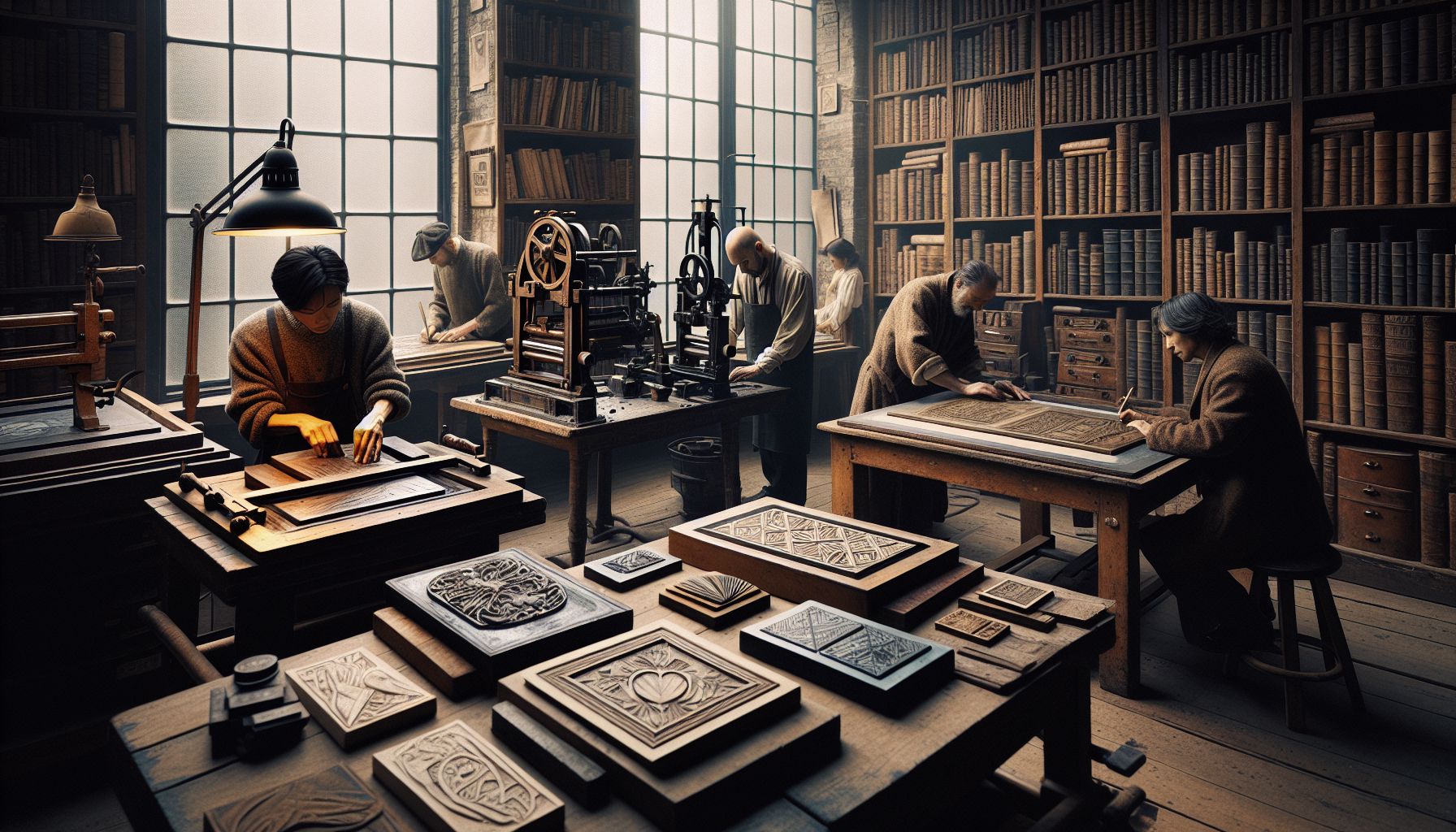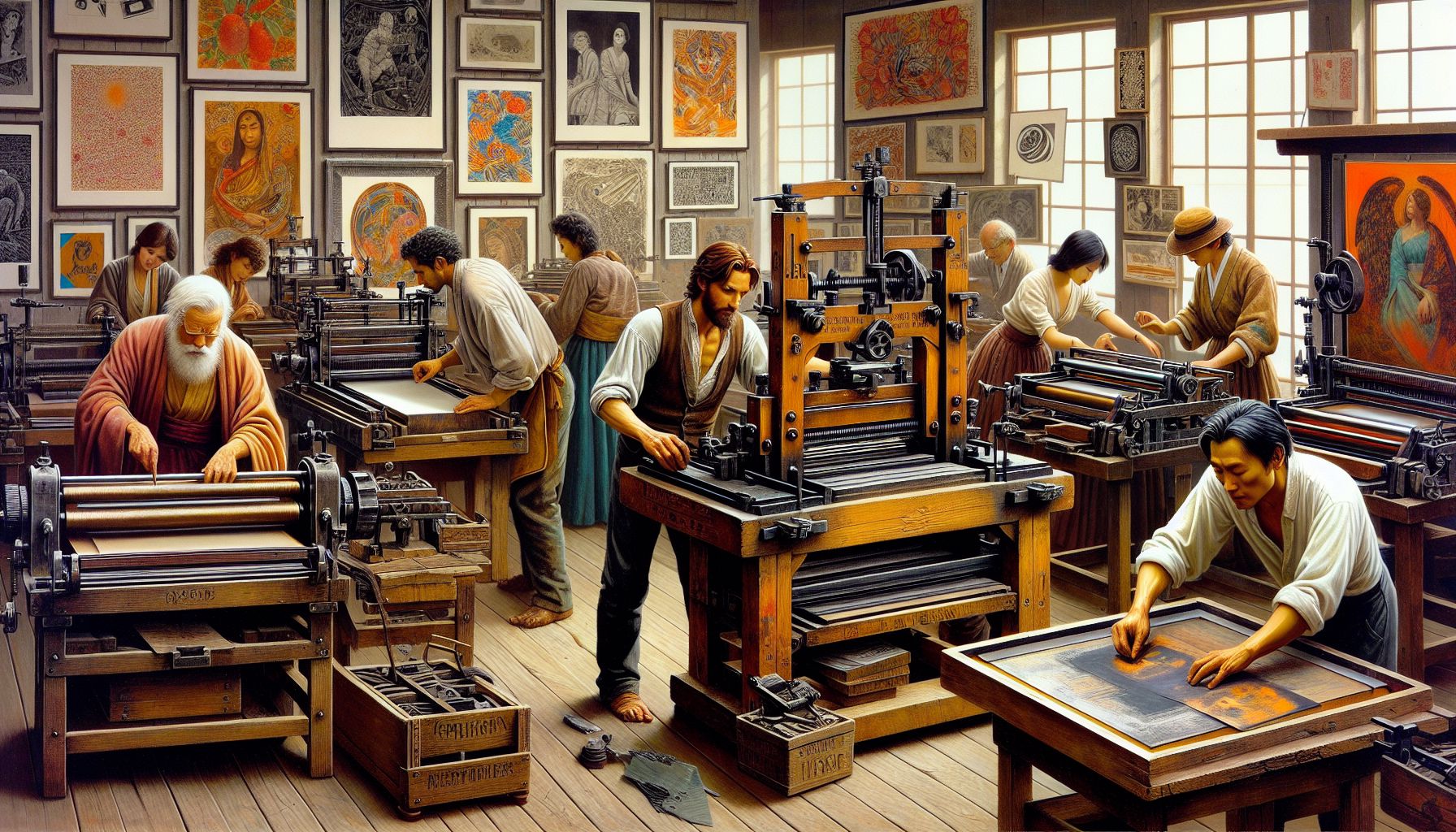From ancient civilizations creating stamps to modern-day digital printing, the art of printing has undergone significant transformations. Today, printing techniques are diverse and offer endless possibilities for businesses, artists, and individuals alike. In this comprehensive guide, we will explore various printing techniques, their applications, and benefits. Whether you’re looking to create stunning artwork, advertise your business, or simply print personal items, this guide will empower you with the knowledge to make informed decisions. So, let’s dive into the fascinating world of printing.
Introduction to Printing Techniques
Printing techniques encompass a range of methods used to transfer images, texts, or designs onto various mediums. Each technique has its unique characteristics, applications, and aesthetic outcomes. Understanding the different types of printing techniques can help you determine which method best suits your needs and desired outcome.
Traditional Printing Techniques
1. Relief Printing
Relief printing is one of the oldest known printing techniques. It involves the carving of a design onto a surface, usually wood or linoleum, and inking the raised portions. The ink is then transferred onto paper or another medium by applying pressure. Relief printing is commonly associated with woodcuts and linocuts. This technique is perfect for creating bold, graphic images with a distinctive textured appearance.
2. Intaglio Printing
Intaglio printing, also known as engraving, involves incising or etching a design into a metal plate, usually copper or zinc. Ink is then applied to the plate, and excess ink is removed, leaving only ink in the incised areas. The plate is pressed against paper under high pressure, resulting in a crisp and detailed print. Intaglio printing is often used for producing currency, stamps, and fine art prints.
3. Planographic Printing
Planographic printing, such as lithography, relies on the principle that oil and water do not mix. The design is drawn or transferred onto a flat surface, usually a lithographic stone or metal plate. The surface is chemically treated to retain the design and repel ink in other areas. When the surface is inked, the oily ink adheres to the design and is transferred to the paper or desired medium. Planographic printing allows for a wide range of artistic effects and works well for large print runs.
4. Serigraphy
Also known as screen printing, serigraphy involves forcing ink through a stencil onto a printable surface. The stencil, traditionally made of silk (hence the name), blocks areas where ink is not intended to pass through. Each color requires a separate stencil, allowing for intricate multi-colored designs. Serigraphy is popular for printing on fabric, making posters, and creating vibrant artwork with distinct color layers.
Modern Printing Techniques
1. Digital Printing
With the advancements in technology, digital printing has revolutionized the printing industry. Digital printing involves transferring digital files directly to the printing machine. It offers accuracy, sharpness, and the ability to print on-demand, making it suitable for short print runs and personalized items. Digital printing is widely used in marketing materials, books, and custom clothing.
2. Offset Printing
Offset printing, also known as lithographic offset printing, is a commercial printing technique widely used for high-volume printing. In this process, the image is transferred to a rubber blanket from a metal plate and then onto the paper. Offset printing provides consistent and high-quality results, making it ideal for magazines, newspapers, and brochures.
3. Flexography
Flexography, often used for packaging materials, involves the use of flexible relief plates. The plates are typically made of rubber or photopolymer and are attached to rotating cylinders. Inks are transferred from the plate to the substrate, often a roll of paper. Flexography is known for its fast production speed, making it suitable for large-scale printing of labels, packaging, and newspapers.
4. 3D Printing
In recent years, 3D printing has gained immense popularity. It is an additive manufacturing technique that builds three-dimensional objects layer by layer from a digital file. 3D printers use materials such as plastic, metal, or even living cells. This technology allows for the creation of complex, customized objects and has applications in various industries, including healthcare, automotive, and architecture.
Choosing the Right Technique
Selecting the appropriate printing technique depends on several factors, including your desired outcome, budget, quantity, and the medium you wish to print on. Each technique has its strengths and weaknesses, so it is essential to evaluate your specific requirements before making your decision.
Conclusion
Printing techniques have come a long way, from ancient relief prints to modern 3D printing. Each technique offers its distinct advantages and applications in different fields. Whether you seek to create traditional fine art prints, market your business, or bring concepts to life with 3D objects, understanding the diverse range of printing techniques empowers you to make informed choices. So, embrace the world of printing, choose the technique that best aligns with your needs, and bring your ideas to life with the wonders of print!






